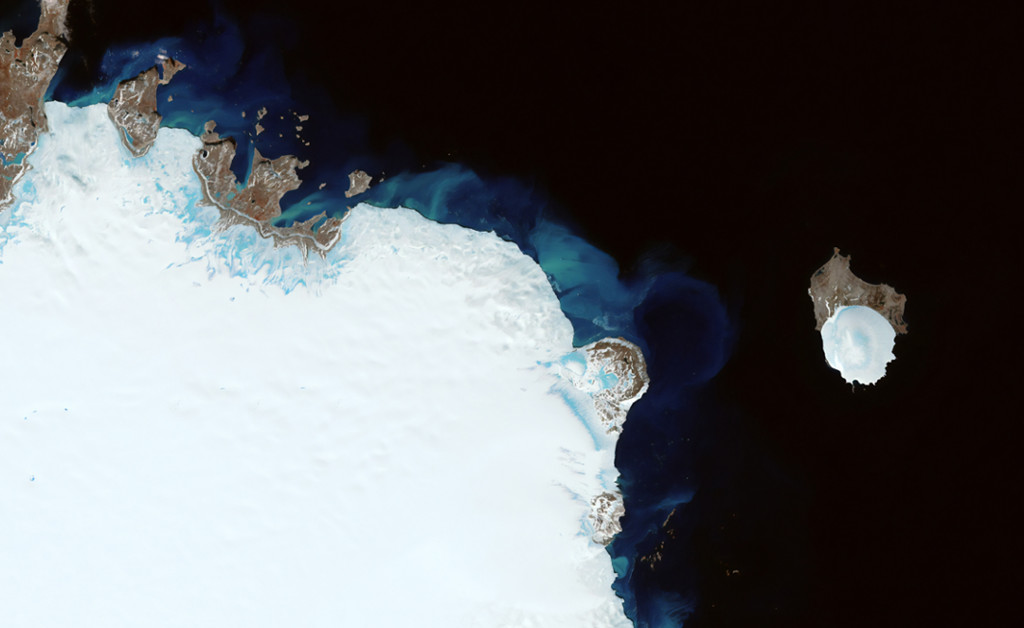Climate change creates risks to both the safety and soundness of individual firms and to the stability of the whole financial system. These are already starting to crystallise and have the potential to increase substantially in the future.
The challenge for firms is considerable, and perhaps not unlike that posed by market risk and capital adequacy requirements in the 1990s. Then, as now, there was a pressing need for risk managers and boards to accelerate capacity to assess and manage risks and, at that time, most rose to the task.
Climate change is the most pressing challenge to the financial system of modern times. The Bank of England – currently consulting on the topic – has done a fine job of pushing it up the agenda for the financial system, although the process of change remains at an early stage.
To facilitate this, Razor Risk in partnership with its clients and chairman Rami Cassis, is creating a climate risk management service by undertaking stress tests and scenario analysis used to explore less well-understood risks that are not neatly linked to the financial cycle – such as climate change
Our objective is to test the resilience of the current business models of firms to the physical and transition risks posed by climate change. We plan to focus on sizing risks, rather than testing firms’ capital adequacy or setting capital requirements, allowing each firm to examine and potentially adjust its business models.
Climate “risk appetite”
We are collaboratively working with clients to inform their climate change “risk appetite” with a model designed by our engineering and consulting team. Initially, the model will be implemented as a “proof of concept” for testing, accuracy and efficacy given the various scenarios that need to be measured for risk purposes.
This is new territory. Our approach differs from traditional stress tests in several areas:
- Expert Knowledge: The central concept is to both elicit experts’ individual views regarding climate change via an interactive questionnaire and use machine learning to gain an understanding of sentiment of published scientific papers on climate change.
Retrieving expert views in such a fashion generates many pathways of understanding. Even if opinions do not converge, a Bayesian Belief Network will compile all views and produce a unifying Bayesian graph, effectively giving a mathematically correct summary of expert opinions. Most importantly, this graph is not merely a qualitative illustration but provides. a fully computable model of the climate change domain, making it easier to simulate consistent what-if scenarios.
Named after its inventor, the 18th-century Presbyterian minister Thomas Bayes, Bayes’ theorem is a method for calculating the validity of beliefs (hypotheses, claims, propositions) based on the best available evidence (observations, data, information). A simplifying, non mathematical, description could be thought of as: Initial scenario plus new evidence equates to a new and improved scenario.
The theorem was one of the mathematical tools used to crack to infamous Nazi Enigma code in World War II. Alan Turing, a British mathematician, used Bayes Theorem to assess the translations culled from the Enigma encryption machine used to crack the German messaging code. Applying probability models, Turing and his staff were able to break down the almost infinite number of possible translations based on the messages that were most likely to be translatable, and ultimately crack the German Enigma code.
- Multiple scenarios: We will test the resilience of our partner firms against three climate pathways. These will include scenarios that embody the risks of ‘earlier’ and ‘later’ policy action to reach the Paris Agreement target, and a ‘no additional policy action’ scenario where the Paris Agreement target is not met, and more severe physical risks crystallise as a result.
- Extended modelling horizon: we will use a 30-year modelling horizon. This is because climate change, and the policies to mitigate it, will occur over a much longer timeframe than the normal horizon for stress testing. To make these scenarios credible and tractable, we propose to examine firms resilience using a fixed balance sheet, focusing on sizing the risks and the scale of business model adjustment required to respond to these risks, rather than testing the adequacy of firms’ capital to absorb those risks.
- Integrated climate and macro financial variables: we will also provide pathways for temperature, emissions, and climate policies to capture the underlying physical and transition risks in each scenario.
- Counterparty-level modelling expectations: We will assess the vulnerability of individual counterparties’ business models to the underlying climate-related risks in each scenario.
There are many challenges involved in such an exercise and this approach seeks to balance various trade-offs. The fact that we can generate scenarios from a Bayesian graph model the same way as a statistical model estimated from “Big Data” is both innovative and yet well proven.
Although this is a new approach, we believe it is the only one viable to help firms stress-test their potential risks on climate change, because the data doesn’t exist to use a more familiar, data-based model. Fortunately, formally-encoded collective expert knowledge is now available to us and, we believe, both represents what is currently known and aligns to the challenges posed by climate change.

